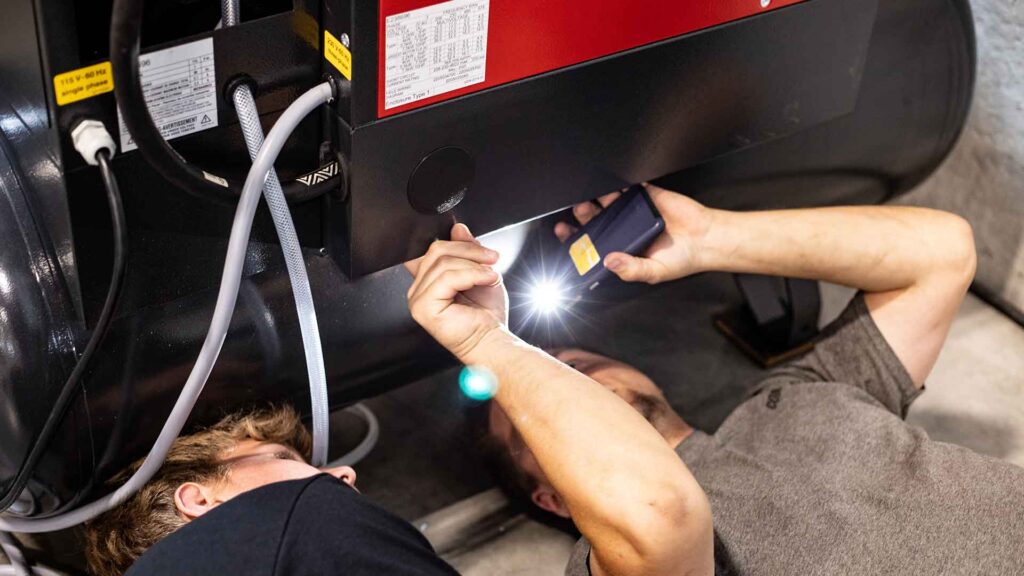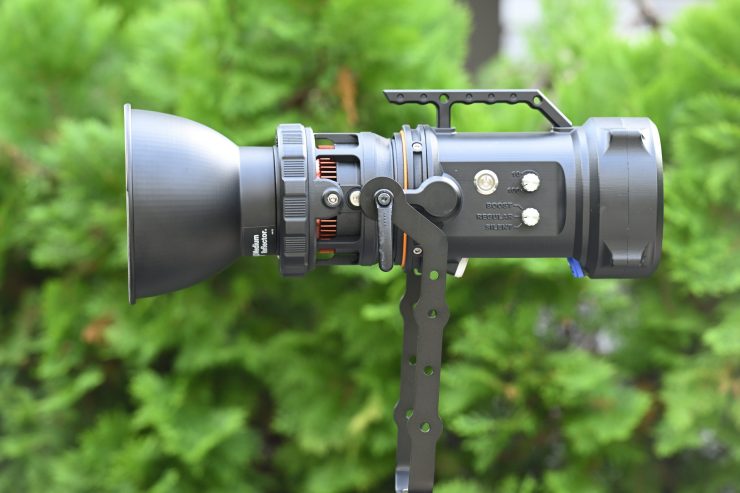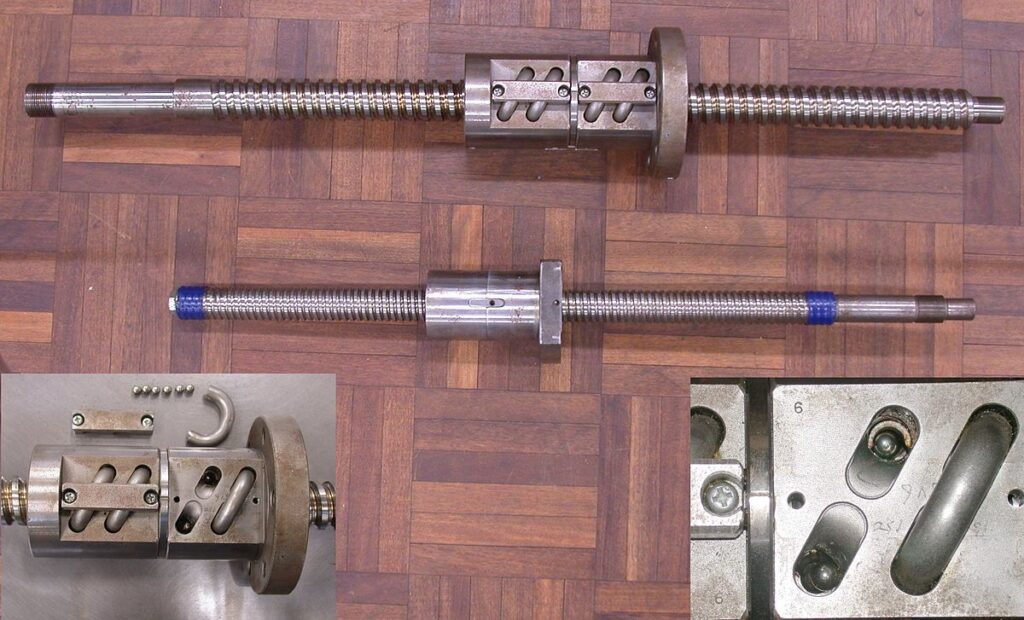
Ball screws are known for their versatility and function in various industries, including robotics, automotive manufacturing, military and defense, semiconductors, and nuclear energy. In this guide, readers will learn about these vital components and their use in modern industry.
What is a Ball Screw?
Understanding ball screws starts with learning what they are. Ball screws serve a vital purpose: they convert rotational force into linear motion. These screws consist of threaded shafts, nuts, and ball bearings that lessen the friction between the nut and shaft. As friction decreases, parts move more freely.
What’s the Difference Between a Ball Screw and a Lead Screw?
Ball screws resemble lead screws, but there’s a difference: the nut on a ball screw contains bearings, while lead screw nuts do not. The ball bearings in a ball screw nut move to reduce friction and support heavy loads.
Ball Screws: Common Terminology
In discussions on ball screws, there’s often confusion surrounding the terms commonly used to describe their operation and structure. Starts, pitch, lead, turns, and circuits are frequently mentioned, but the terms do not always accurately describe the various aspects of a ball screw assembly. These specifications are all related, but each has a unique significance.
- Pitch and lead. These concepts are different but related. While lead refers to the distance the assembly travels with every revolution, pitch indicates the gap between a screw’s threads. Many use these terms interchangeably, and they are equivalent in single-start screws. The terms are different, however, for multiple-start ball screws.
- Turns and circuits. Another related pair of terms, turns and circuits are often designated inaccurately. Turns are the number of times the ball bearings move around the shaft before the circuit is completed. The number of circuits and the number of turns is the same.
- Leads and starts. A ball screw lead is a crucial specification for linear speed and travel, and it is also important because the lead determines the number of ball bearings in contact with the ball nut and screw shaft. Lead directly affects load capacity.
See also Get the Best Deals on Cameras this Festival
Although it seems like mere semantics, understanding ball screw terminology and the differences between terms will help engineers and designers avoid common misconceptions about these parts and their performance.
Ball Screws in Modern Industry
Because of their benefits and qualities, ball screws are a common choice in industrial applications that rely on the conversion of rotational force to linear movement. In the sections below, we will explain which elements make these screws an ideal choice in modern industry, and we will also offer specific examples. Ball screws are commonly used in precision industrial applications such as:
- Robotics
- Machine tools
- Food processing equipment manufacturing
- Precision assembly equipment
- Semiconductor manufacturing
That’s how these screws are used in manufacturing, and they’re also used in other industrial sectors. Those considering the incorporation of ball screws into an application should consult an expert who can provide them with the appropriate products for their setup.
Choosing Ball Screws
Ball screws are designed for specific applications, as each comes with different resistance forces and load requirements. Whether it’s lifting heavy parts, compressing liquids, or creating resistance, ball screws help industrial tools do their jobs. Ball screws are available in multiple sizes from a few inches to several feet long.
Ball Screw Design Features
Ball screws include several design features, which must be considered when choosing components for an application. These features include:
- Backlash. A ball screw’s backlash is the motion between the screw and the nut. It also indicates the assembly’s stiffness.
- Right-hand threading. Here, the threads are etched so the ball nut moves away from the user when rotated clockwise.
- Left-hand threading. The nut on a left-hand threaded ball screw will move away from the user when rotated counterclockwise.
- Lead. It’s the distance the screw covers over a single revolution.
- Twin leads. These are useful in single-drive systems, and the design has left- and right-hand threads.
See also Check Printing Redefined: Elevate Your Financial Management with Software Tools
Ball screws are roll-formed from high-carbon steel or an alloy containing it. These screws, through case hardening, offer maximum service life and load capacity. Ball nuts consist of high-grade alloy or carbon steel, which is case-hardened to resist friction, wear, and tear.
The Benefits of Ball Screws
Ball screws are more mechanically efficient than other components. According to statistics, ball screws are approximately 90% efficient, which means they can convert 90% of an application’s rotational force into linear movement. Compare that to the average lead screw, with a mechanical efficiency rating of just 25%, and it is easy to see why ball screws are such a common choice.
Low friction is another benefit of ball screw selection. These screws include nuts with circulating ball bearings, which create a smooth surface on which the screw glides. Friction is reduced and the component’s lifespan is extended.
Ball Screw Disadvantages and Pitfalls
Despite their many benefits, ball screws have a notable disadvantage: the likelihood of back-driving. Because they create almost no friction, it’s possible to back-drive ball screws at some lead angles.
Another drawback is that ball screws are slightly more expensive than comparable components such as lead screws. For companies on tight budgets, the increased cost may be a deterrent. However, when low friction and high mechanical efficiency are a must, ball screws are a popular choice among manufacturers striving to improve product performance, quality, and longevity.
Are Ball Screws Always Better Than Lead Screws?
Unlike lead screws, ball screws offer significant performance advantages in multiple applications. For instance, they excel in industries where high speed, smooth motion, and efficiency are valued. While lead screws are suitable for simple applications, ball screws are preferred for their precision, rigidity, and accuracy.













